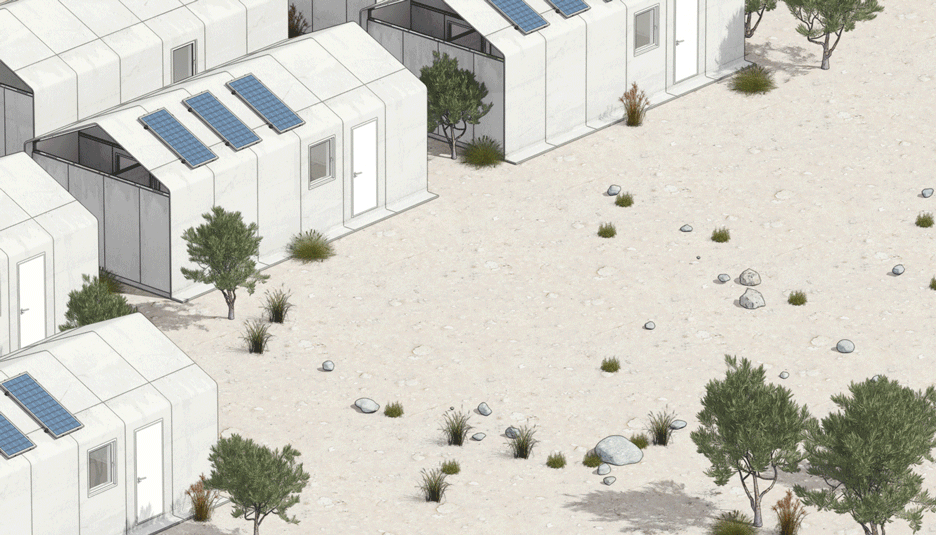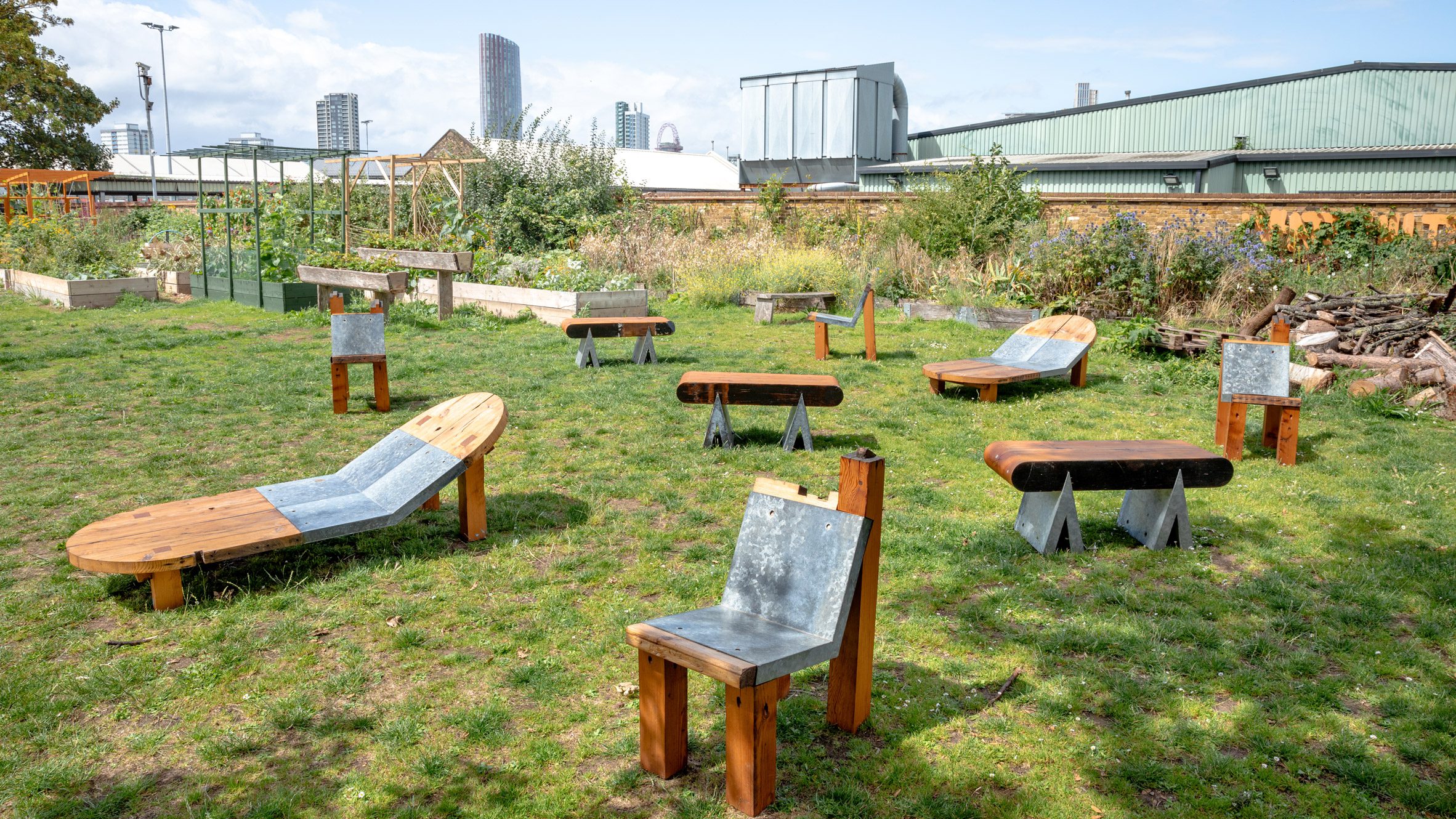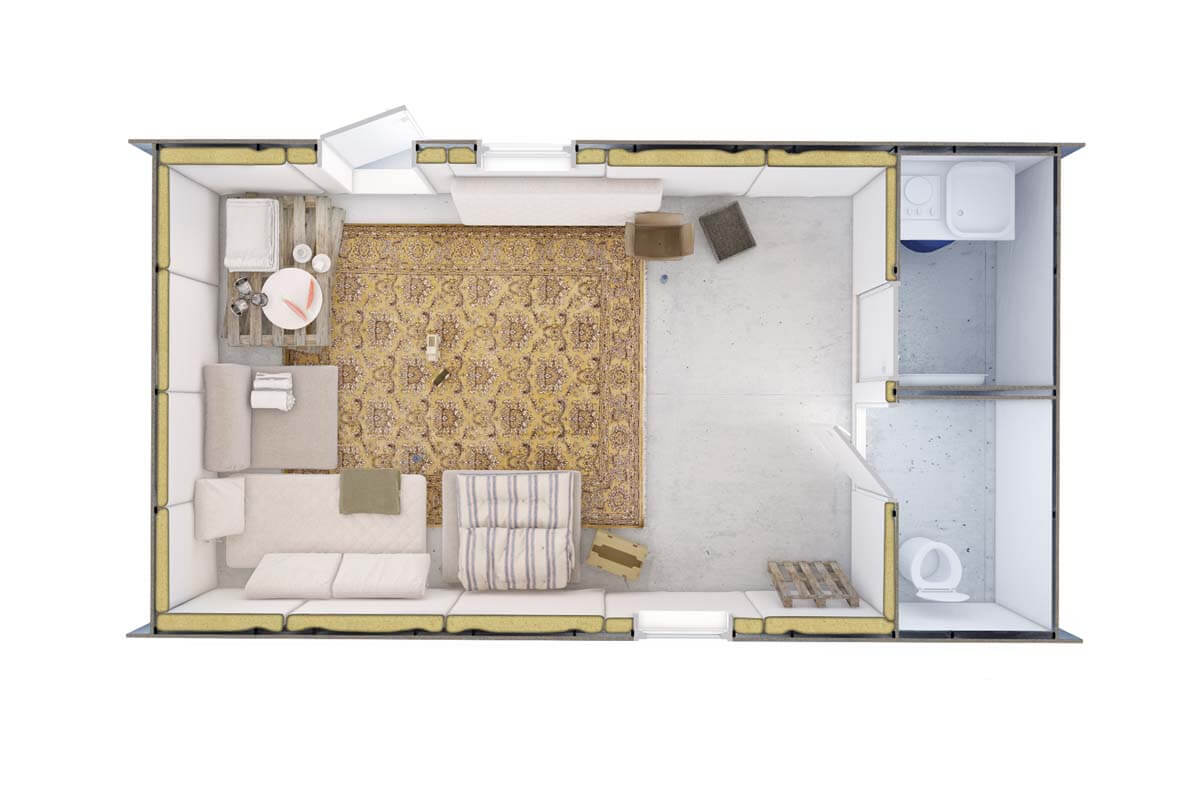
Different emergency housing solutions
Cortex Shelter is a new emergency housing solution designed by the Parisian studio Cutwork.
Our mission is to create stability and security for people who have lost a lot: security, a place to call home and the simple foundations for rebuilding a community, said Cutwork CEO Kelsea Crawford.
The displaced persons are often made up of temporary tents, bathrooms and kitchens for common use where conditions of hygiene and privacy are scarce, and moreover these temporary accommodations can become semi-permanent or permanent solutions. From this analysis, the project of the Cutwork studio was born, which created the Cortex Shelter housing, promoting the privacy, well-being and hygiene of the people who will live .

Cortex Shelter, in fact, with a low cost, guarantees a safe and lasting refuge. The assembly is also very simple, it takes place manually without the use of heavy machinery or tools.
The housing unit is delivered in a flat-pack and does not require highly skilled labor since its assembly is very simple and fast.
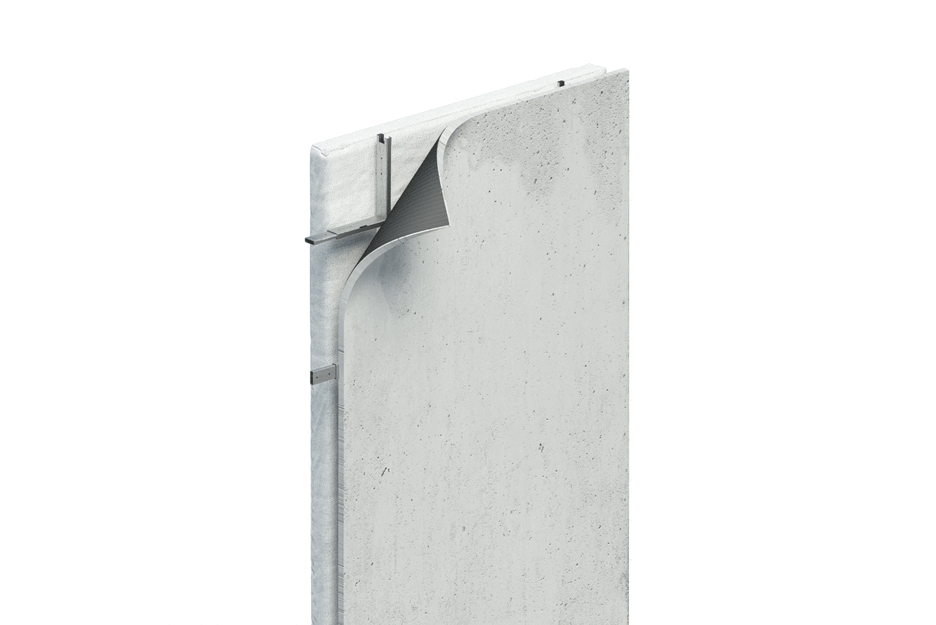
The frame of the structure is made of bent metal tubes, Cortex Composite is placed on them, a flexible sheet of concrete that can be unrolled similarly to a fabric and hydrated during fixing to the frame. The innovative Cortex Composite material is more efficient and convenient than traditional concrete since it takes less time to install and dry, guaranteeing more than triple the compressive strength (9000+ psi), and allowing a 90% carbon dioxide saving. When the concrete shell hardens (in 24 hours) it can last up to 30 years with little maintenance, potentially making it a better option than the long-term tent cities where many refugees currently live.
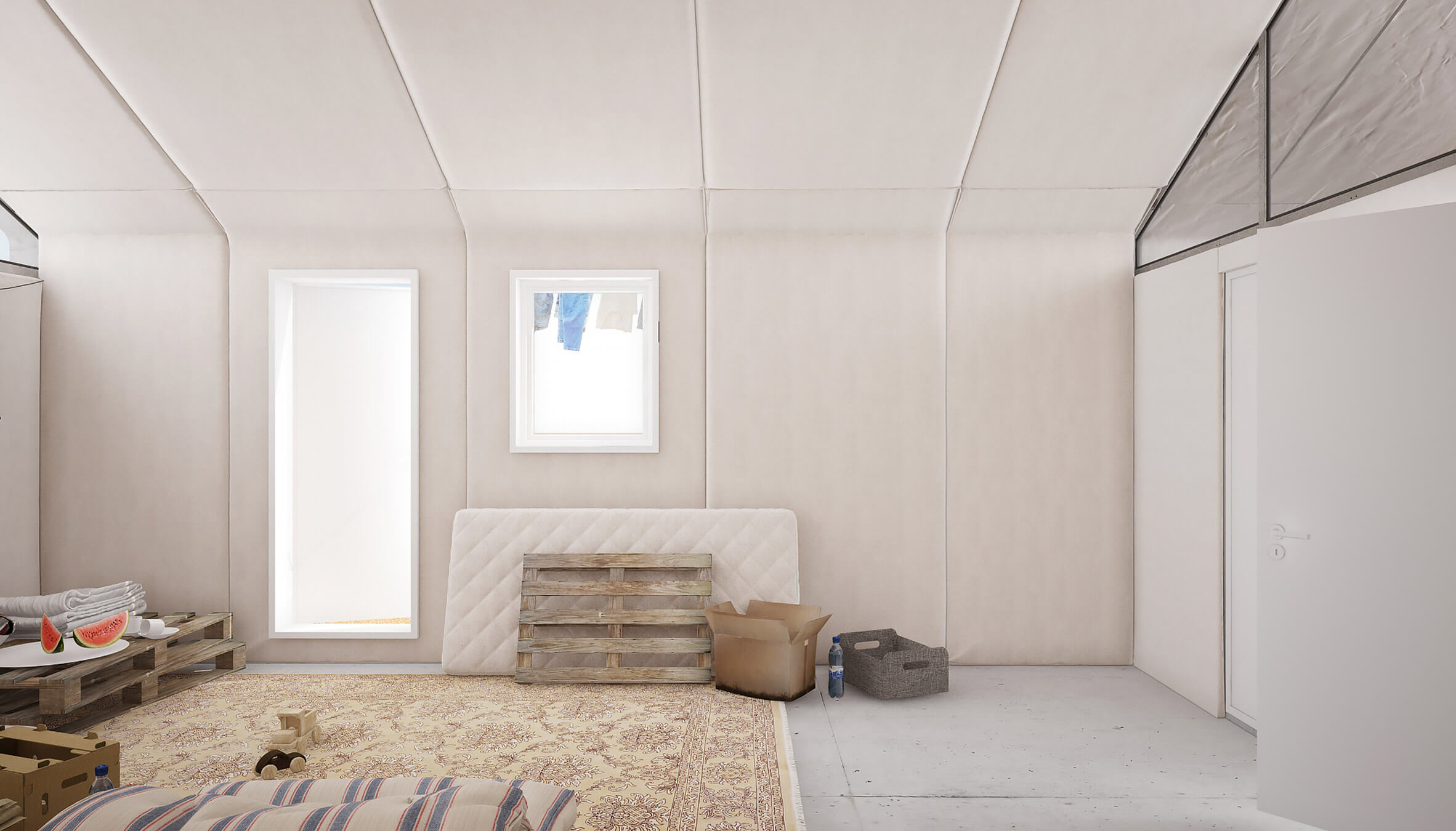
In addition, the housing units have some windows that guarantee air circulation as well as making the spaces bright, the internal walls are washable so as to allow greater hygiene and also function as insulators. Solar panels are provided on the roof of Cortex Shelter to supply energy to kitchens and bathrooms.
The Cutwork study argues that the same technology could also be applied to build permanent schools, shops and even a sports stadium.
